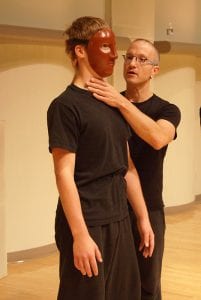Home / Blog Legacy / Neutral Mask in Actor Training Post 1
Neutral Mask in Actor Training Post 1

The musician is handed an instrument to learn, provided with training in music theory and taught how to practice the mechanics of technique. The instrument is clearly defined and tangible. The sculptor is handed tools and given a medium in which to work and taught how to master the use of tools and understand the materials that are being worked with.
Questions that arise in actor training and artistic practice are:
- What is the technique?
- What exactly are the tools?
- What are the mechanics and how do we define them?
- What are the materials being worked with and how do we come to understand them?
- What are the notes and how do we play them?
- What are the scales and how do we practice them?
- What is the role of the instrument (the physical body) and how do we tune it for performance?
These questions continue to elude us as educators, artists and performers. Or at the very least we struggle how to articulate what it is we understand. We have a multitude of techniques and methodologies, of approaches and sets of semantics for defining what is going on inside performance and how to create successful moments for both actor and audience.
The physical instrument is the same for us all, human experience is universal but the perspective and the manner of navigating our way through life is individual. How then do we come to a method of training or a way of understanding the individual, the self, so as to create an instrument that can play; that can be heard and experienced universally by the individual audience member?
The blog posts in this category are intended to inspire a conversation of universal principles as concerns not only acting but of all art. The conversation will be approached from the assumption that as human beings we share a universal experience in our navigation of life.
I am going to start the discussion with the neutral mask in actor training. Neutral mask, or as Lecoq also agreed, could be called universal mask is the tool that laid the foundation of understanding and revealed to me fundamental principles. The discussion will propose that underlying principles in our current approaches to actor training are all essentially the same. That is to say Stanislavsky, Hagen, Meisner, Chekhov, Lecoq, Grotowski, Meyerhold, Copeau, Suzuki, Rodenberg, Linklater, Lessac, Feldenkais, Roy Hart, Alexander, Laban/Bartenieff, Bogart, Margolis and the list goes on and on, work with the same fundamental principles. The question being played with here will be what are the laws of physics when it comes to performance and the training of performers?
To begin:
Why is neutral mask a tool for exploring the foundation of learning and training?
The mask is an expressive form that represents a being who exists without a past. Neutral mask only exists in the present. It is driven through life purely by discovery. Life for the mask is a journey of discovery with out the baggage of past experience and therefore is devoid of opinion, psychological distortions or emotional response. Neutral mask simply is.
The mask is intended to create a blank canvas of being. Sears Eldredge describes it as a tool that attempts to erase individuality in its reach to get at the essence of humanity rather than a particular human. To achieve support of the mask the performer must engage in an internal reach that goes beyond personal experience and arrives at a profound stillness of being. As Eldredge puts it: “the mask is like the bottom of sea.” Neutral mask lives in a state of calm alert availability. It is pure potential energy. Later in these posts I will describe how the physical exploration of the classical elements: air, earth, water and fire are part of the neutral mask training and so hopefully lend clarity to the bottom of the sea comment.
The profound place of expanding stillness that is neutral mask (the blank canvas for the performer) is what this discussion of principles will be based upon.
End of post 1 in this discussion.
